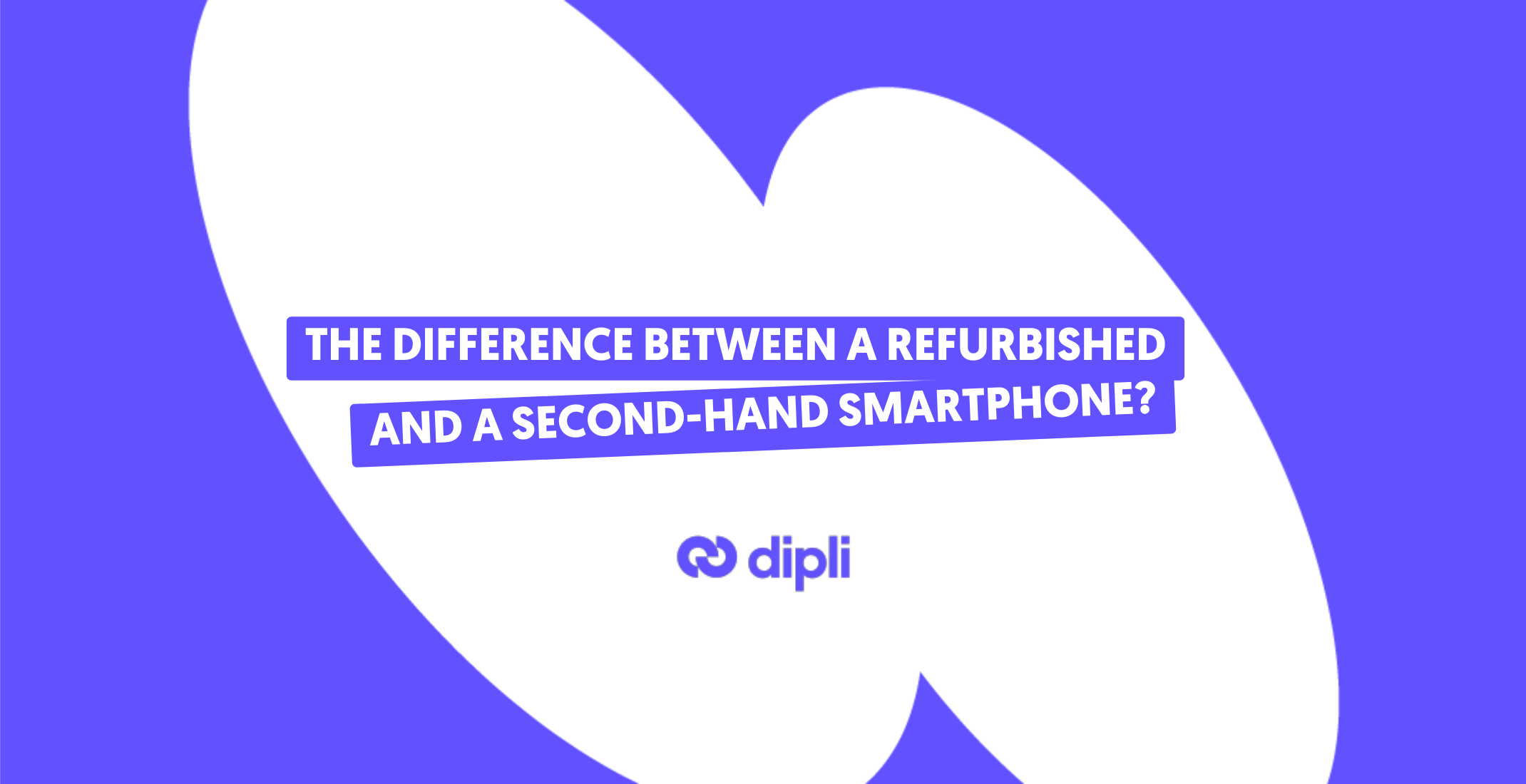And what if we wiped the slate clean?
There's a lively discussion regarding this subject! The second-hand and refurbishing sector is experiencing impressive growth. According to the IDC, between 2015 and 2020 the global market for refurbished smartphones went from 81 million to 222 million units. In 2018, it traded the equivalent of €4bn worth of products on the EU wholesale market.
In the age of immediacy, new technological developments are pushing users to buy second-hand devices which are more environmentally-friendly but more importantly, much less expensive. In the last 7 years, the refurbished mobile phone market has been steadily growing in France.
But how can you tell the difference between second-hand and refurbished? There are many definitions which can sometimes mislead the end consumer. When the IFOP (French Institute of Public Opinion) asked 1000 French people aged between 18 to 65 years old this question, 81% replied with the following: a refurbished phone is a second-hand phone which has been reconditionned aesthetically and operationnally. End consumers seem to be misinformed and this distorts their understanding of what a refurbished product is.
We would like to clarify this issue via the first #smalltalk - the difference between a refurbished smartphone and a second-hand smartphon
Do we say "second-hand" or "refurbished"?
Second-hand refers to the market as a whole. A second-hand product has already had a first life. In 2018, the French market accounted for 6 million second-hand smartphones, of which 3 million were refurbished.
A refurbished product is a second-hand product which has been processed by a specialist, in accordance with strict specifications. There are more than 30 inspection checks, depending on the model.
The refurbished product is restored to saleable condition, with a warranty and often with packaging and accessories. A refurbished product will therefore be more durable in the long term.
Be careful not to confuse this with "reconditioned", which refers to a product that has been completely rebuilt with new parts which are more or less compatible depending on the model.
Who refurbishes the products?
We have 17 factories in France for refurbishing smartphones. There is a high level of expertise in these factories and they work through different stages: a tri-test, erasure of data, cleaning, bringing the technical level up to standard before preparing for resale. Concurrently, there are 30 other less technical organisations and tri-test specialists who are able to handle volume logistics.
Has my product been modified?
Refurbished or second hand, there is no way to know for sure which part has been replaced on a product. There is no background information and this is one of the risks of the market. It is therefore important to buy from a reliable, certified supplier, who can manage an after-sales service in the long term.
What are the risks involved in sourcing on the wholesale market?
1. Buying at the incorrect price because the prices are very volatile. You need to constantly compare offers based on different refurbishing criteria.
2. Buying a bad-quality product from a supplier who did not process the product themselves. The average return rate is around 4%. Be wary of grandiose claims.
3. Unknowingly taking part in a VAT fraud scheme. There are 2 types of VAT and the difference between them is very clear. We will tackle this issue in a future post!
What are my obligations as a reseller?
In case of problems, the individual end consumer has 2 years to claim the legal guarantee of conformity. If the problem occurs in the first 6 months, it is regarded as having been present at the time of sale and the problem must be quickly resolved by the reseller. The end consumer also has 2 years to take action against any hidden defects, from the moment they find them.
Where to start
The first step is to understand your clients' needs and continuously restock products in order to protect yourself from any sudden drops in the market. There are many types of refurbished products: Computers, smartphones, smart objects, audio products, etc. Ideally, you should have an overall view of the European market because it's easy to get lost if you go through all the suppliers one by one, not to mention the risky sources.
Dipli simplifies the second life of electronic products.
An all-in-one tool for distributors, leasing companies, telecom operators and companies to manage the entire value chain in one place.
The platform connects the electronics industry to secondary markets; simply and securely. Trade-in and return management, refurbishment, omni-channel purchasing and distribution: Dipli covers and simplifies all stages of the circular economy.
















Comments (1)